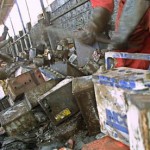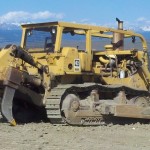Fri 22 Mar 2013
Vermiculite with asbestos
Posted by admin under Air Monitoring, Asbestos, Building Survey, Carcinogen, Dust, Exposure, Safety Policies, Training
Comments Off on Vermiculite with asbestos
It’s always fun to hear about new/different situations especially when the contractor handles it properly.
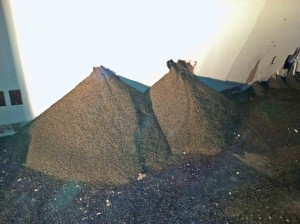
During the start of a demolition on a 1989 structure, the first swing of the hammer produced a pile of vermiculite sand.
After some discussion on “what in the world is this doing inside a wall cavity“. The contractor stopped work, had an asbestos test performed and quarantined the area. The bulk sampling for asbestos came back with the report of “asbestos containing, but less than 1%“. Well, as you know (and as I have mentioned earlier) it may not be safe to treat this product like every other demolition project. In this case, the asbestos was very friable and by opening the wall cavity, it had definitely been disturbed.  The contractor quickly set up some procedures. Here they are:
- Stop work in area. Quarantine area and place warning on doors.
- Train employees & subcontractors onsite to hazard (asbestos).
- Abatement contractor will remove wall & vermiculite
- Abatement contractor will treat the material as if it is asbestos containing
- Once the area is abated. An aggressive clearance test will be performed to assure no airborne levels of asbestos are present.
But why in the world was it in there in the first place? The best guess is it was added as a sound proofing / noise dampening for a air conditioning unit (actually a liebert unit) located on the adjacent wall. No other wall cavities contained the material.


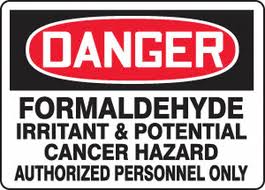
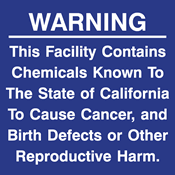
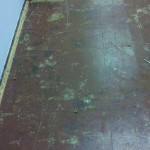 In contrast, a remodeling company installing a floating laminate hardwood over asbestos 9×9 inch tiles (without damaging them) is [probably*] NOT causing airborne releases of asbestos.
In contrast, a remodeling company installing a floating laminate hardwood over asbestos 9×9 inch tiles (without damaging them) is [probably*] NOT causing airborne releases of asbestos.